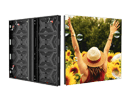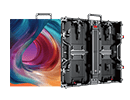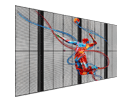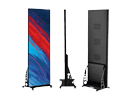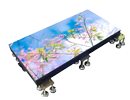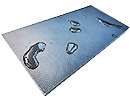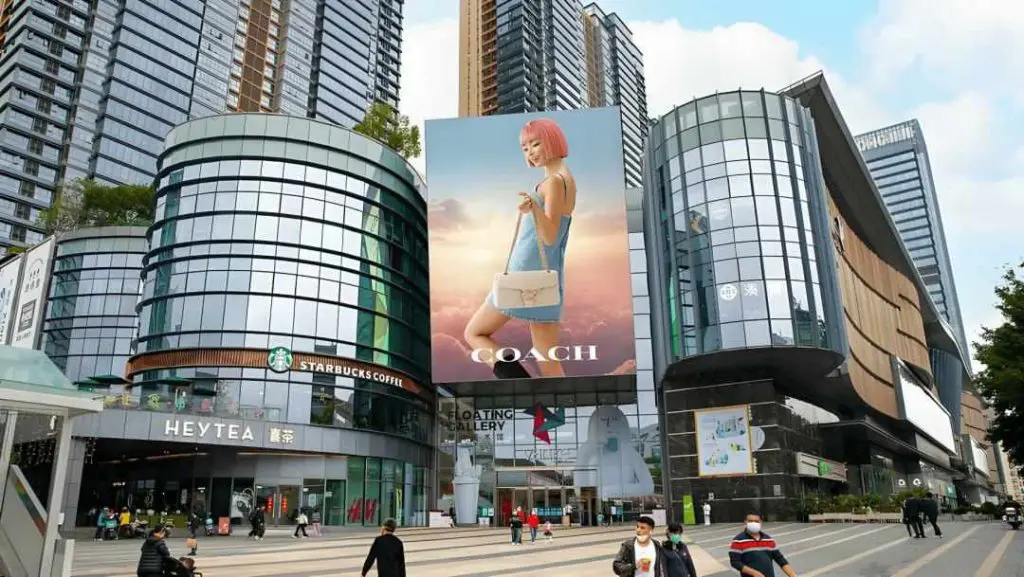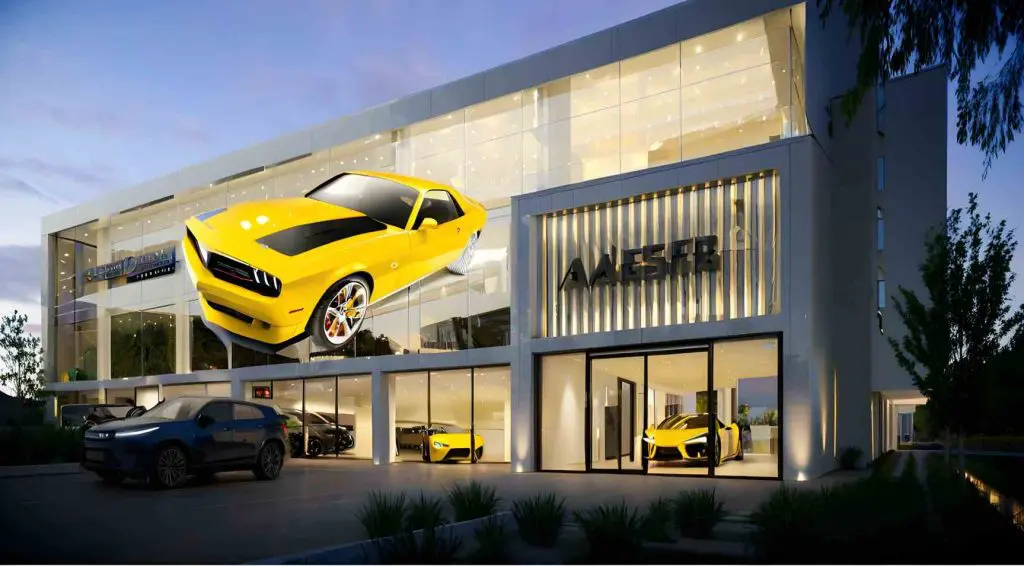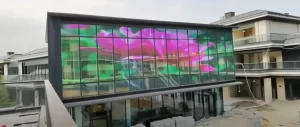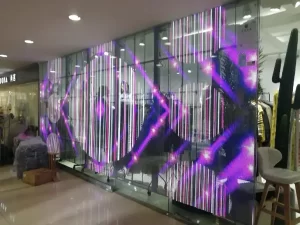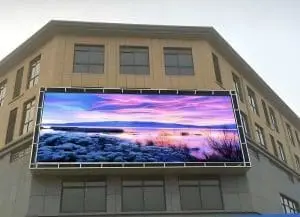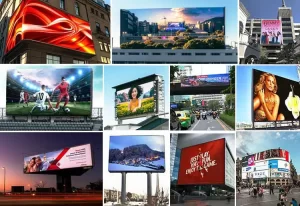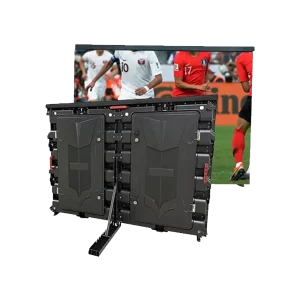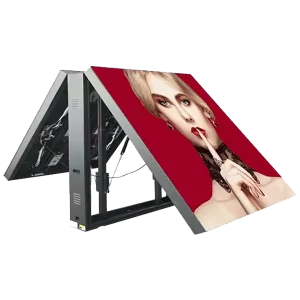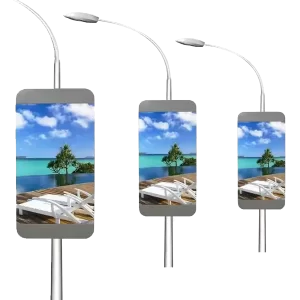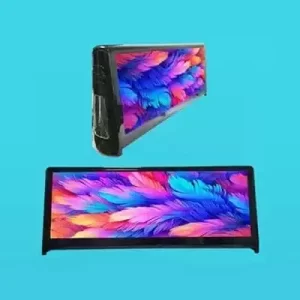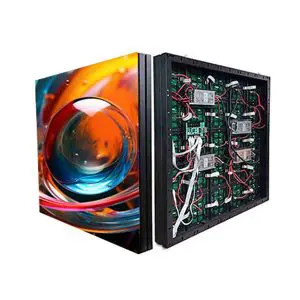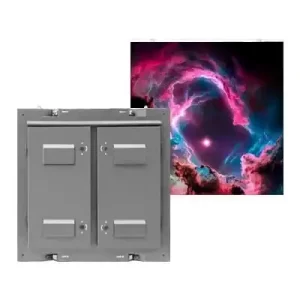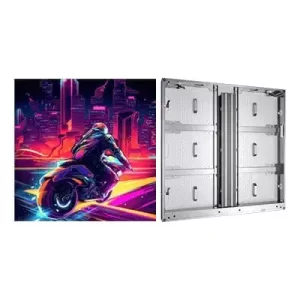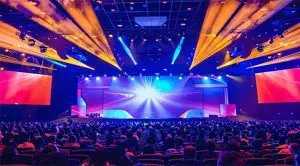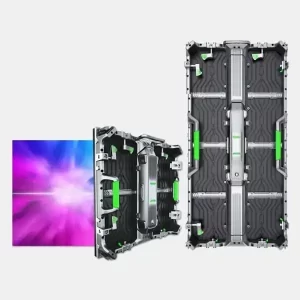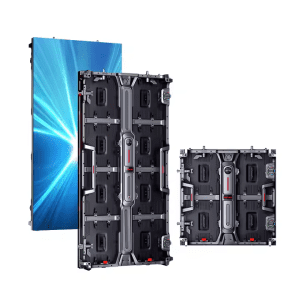An outdoor LED screen for malls is a powerful tool for advertising, promotions, and public information. These screens are designed to provide high brightness, durability, and vivid visuals in outdoor environments. Whether used for advertising campaigns, event announcements, or brand engagement, outdoor LED screens can attract high foot traffic and maximize visibility.
This guide covers the features, applications, pricing, and how to choose the ideal LED screen for your mall.
Why Use Outdoor LED Screens for Malls?
1. High Visibility
- Brightness: Outdoor LED screens offer 5,000–10,000 nits, ensuring clear visuals even in direct sunlight.
- Wide Viewing Angles: 160°–178° horizontal and vertical viewing angles allow visibility from multiple directions.
2. Dynamic Advertising
- Display videos, animations, and multimedia content to engage mall visitors and passersby.
- Easily update content remotely to keep promotions fresh and relevant.
3. Attract More Foot Traffic
- Eye-catching visuals can draw attention to the mall, increasing visitor numbers and sales opportunities.
4. Revenue Opportunities
- Offer advertising space to brands and local businesses for additional income.
5. Durable in All Weather Conditions
- Weatherproof Design: Built to withstand rain, dust, snow, and extreme heat.
6. Versatility
- Use the screen for advertisements, event promotions, and public service announcements.
Key Features of Outdoor LED Screens for Malls
| Feature | Description |
|---|---|
| High Brightness | 5,000–10,000 nits for clear visuals in daylight and at night. |
| Weatherproof Design | IP65-rated for waterproofing and dustproofing, ideal for outdoor environments. |
| Dynamic Content | Capable of displaying videos, animations, live feeds, and static images. |
| Pixel Pitch Options | P3–P10, depending on viewing distance and resolution needs. |
| Wide Viewing Angles | 160°–178° horizontal and vertical viewing angles for maximum visibility. |
| Energy Efficiency | Low power consumption with modern LED technology. |
| Easy Content Management | Remote control and scheduling via a content management system (CMS). |
| Customizable Sizes | Modular design allows for screens of various sizes, from small signage to large billboards. |
Applications of Outdoor LED Screens for Malls
1. Advertising Displays
- Showcase brand promotions, sales offers, and new product launches.
- Create dynamic, attention-grabbing campaigns for mall tenants and external advertisers.
2. Event Announcements
- Promote live events, concerts, seasonal campaigns, and mall activities to increase engagement.
3. Public Information
- Use LED screens to display directions, announcements, parking information, or safety alerts.
4. Digital Store Directories
- Guide visitors with interactive maps or digital directories for store locations and services.
5. Entertainment
- Use the screen for live sports broadcasts, movie trailers, or interactive games to entertain visitors.
6. Brand Building
- Build the mall’s identity with high-quality visuals, logos, and customized animations.
Optimal Pixel Pitch for Mall Outdoor LED Screens
The pixel pitch determines the resolution and clarity of the screen. For malls, the choice depends on viewing distance:
| Pixel Pitch | Viewing Distance | Best Use Case |
|---|---|---|
| P3–P5 | 3–20 meters | Close-range applications like storefronts and small signage. |
| P6–P8 | 6–50 meters | Medium-range advertising screens and directories. |
| P10+ | 10–100 meters | Large-format advertisements and billboards. |
Benefits of Outdoor LED Screens for Malls
1. High ROI (Return on Investment)
- Generate revenue by selling ad space to brands and retailers.
- Increase foot traffic and sales with dynamic promotions.
2. Flexible Content
- Easily update content to showcase seasonal offers, special events, or emergency announcements.
3. Long-Term Durability
- Designed for 50,000–100,000 hours of operation, ensuring a long lifespan.
4. Enhance Visitor Experience
- Inform and entertain shoppers, creating a memorable mall atmosphere.
5. Sustainability
- Energy-efficient LED screens reduce power consumption compared to traditional signage.
Technical Specifications for Outdoor LED Screens
| Specification | Details |
|---|---|
| Pixel Pitch | P3–P10 |
| Brightness | 5,000–10,000 nits for outdoor visibility. |
| Weatherproofing | IP65-rated (front) and IP54-rated (back). |
| Refresh Rate | 1,920–3,840 Hz for smooth video playback. |
| Viewing Angle | 160°–178° horizontal and vertical. |
| Power Consumption | Average: 500–800 watts/m², Max: 1,000 watts/m². |
| Lifespan | 50,000–100,000 hours. |
| Operating Temperature | -30°C to 60°C |
| Control System | Compatible with remote control and scheduling systems. |
Cost of Outdoor LED Screens for Malls
The cost of an outdoor LED screen depends on its size, pixel pitch, brightness, and features. Below is a general price guide:
| Screen Size | Pixel Pitch | Brightness | Price Range (USD) | Best Use Case |
|---|---|---|---|---|
| 2m x 2m (4 m²) | P3–P5 | 5,000–7,000 nits | $10,000–$25,000 | Small signage for storefronts or directories. |
| 5m x 3m (15 m²) | P6–P8 | 6,000–10,000 nits | $50,000–$90,000 | Medium-sized advertising screens. |
| 10m x 5m (50 m²) | P8–P10 | 6,000–10,000 nits | $150,000–$300,000 | Large billboards and promotional displays. |
| Custom Sizes | Varies | 6,000–10,000 nits | $200,000+ | Unique designs, curved or transparent screens. |
Additional Costs to Consider
- Installation
- Cost: $2,000–$30,000 depending on screen size and complexity.
- Includes mounting structures, electrical wiring, and weatherproofing.
- Content Management System (CMS)
- Cost: $500–$5,000 for software to manage and schedule content remotely.
- Maintenance
- Annual Cost: 5–10% of screen price for cleaning, diagnostics, and repairs.
- Power Consumption
- Costs depend on screen size, brightness, and daily usage hours.
How to Choose the Right Outdoor LED Screen for a Mall
1. Define Your Goals
- Is it for advertising, public information, or entertainment?
- Determine the content type (e.g., videos, static ads, live feeds).
2. Select the Best Pixel Pitch
- For close viewing, choose P3–P5.
- For long-distance viewing, opt for P6–P10.
3. Choose the Right Brightness
- Opt for screens with 5,000–10,000 nits for clear visibility in outdoor environments.
4. Ensure Weatherproofing
- Verify that the screen has an IP65 waterproof rating for outdoor durability.
5. Consider Size and Placement
- Choose a screen size that fits the available space and maximizes visibility for the target audience.
6. Plan for Maintenance
- Partner with professionals for regular cleaning, diagnostics, and repairs to ensure long-term performance.


